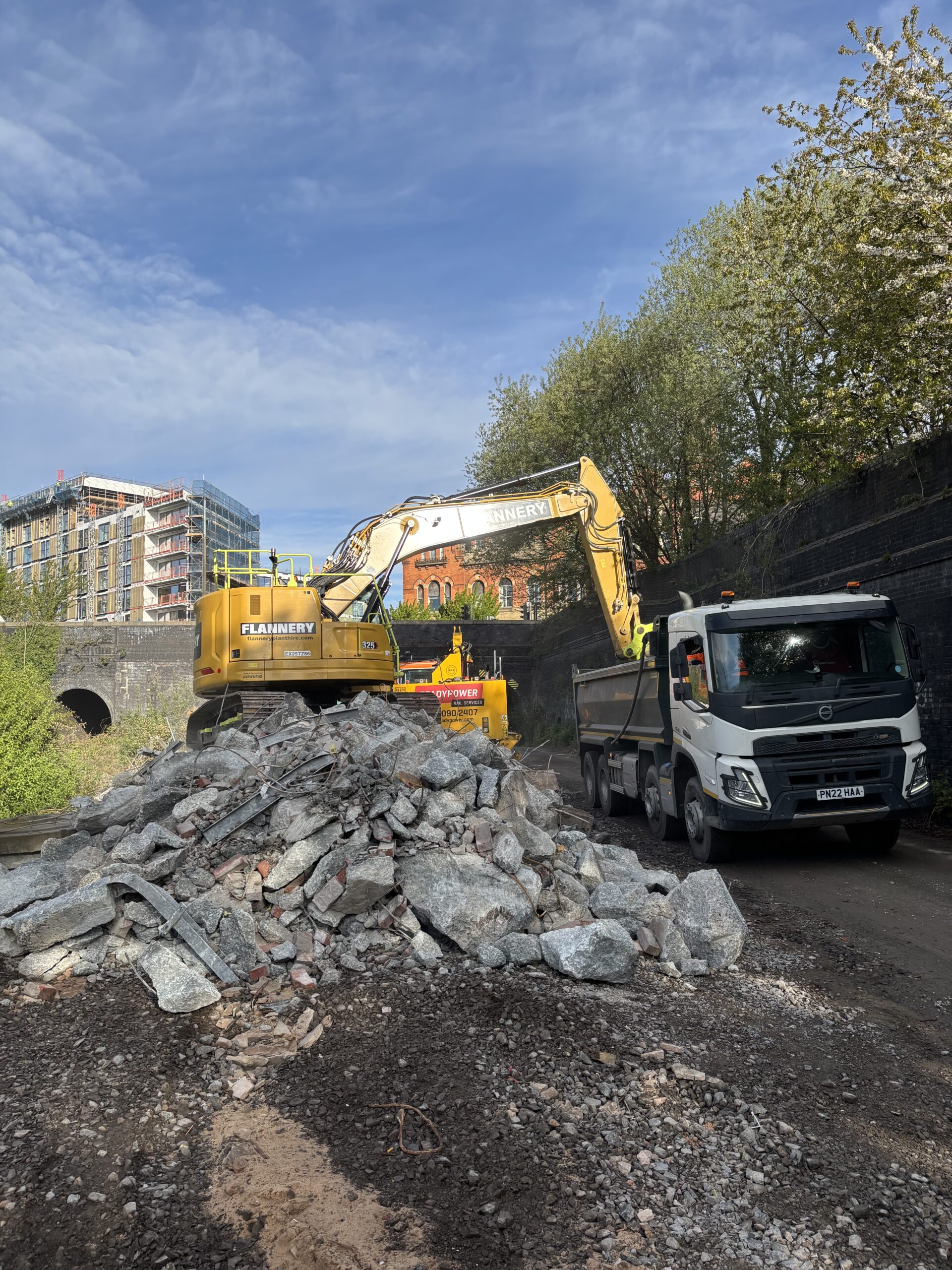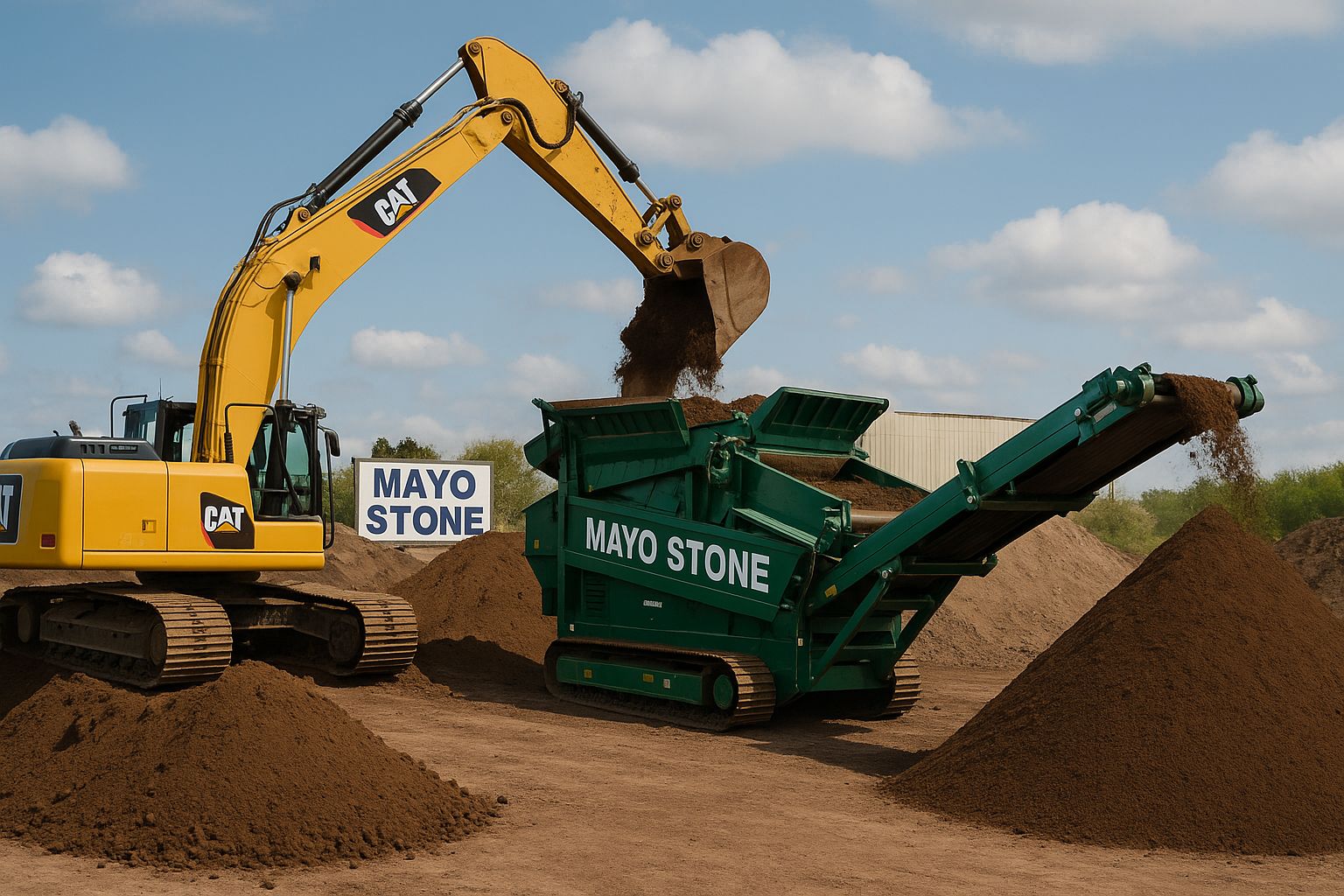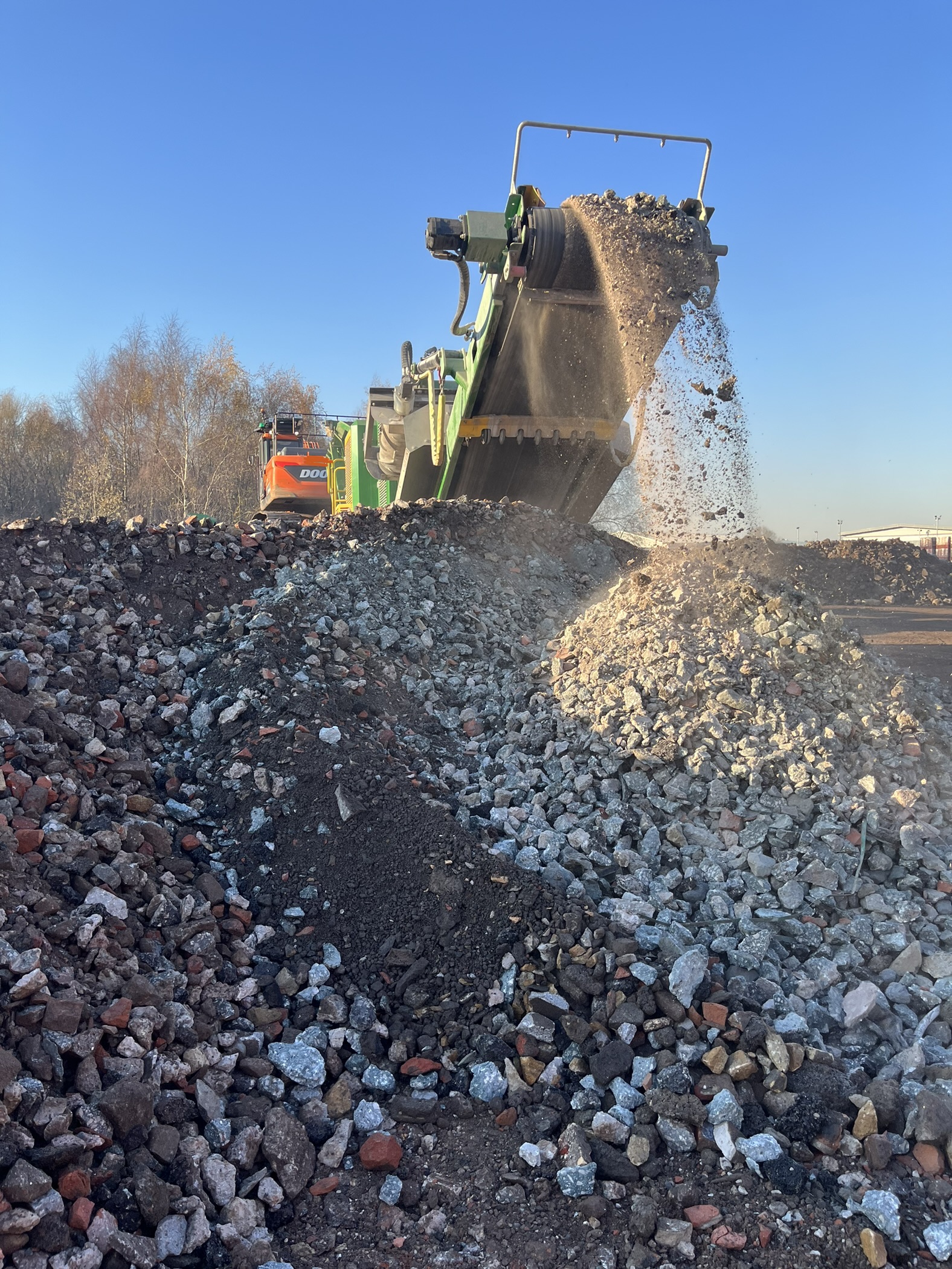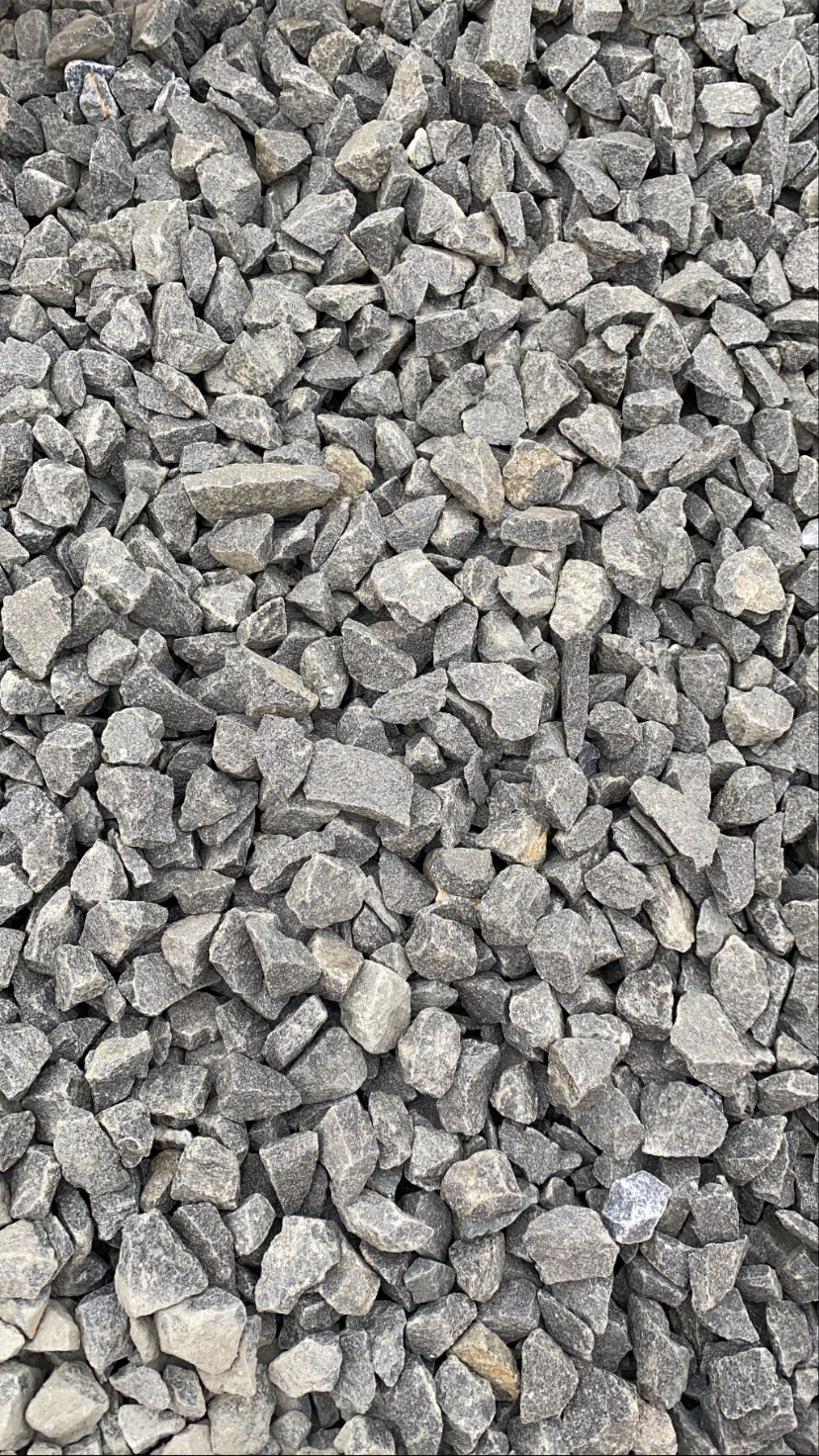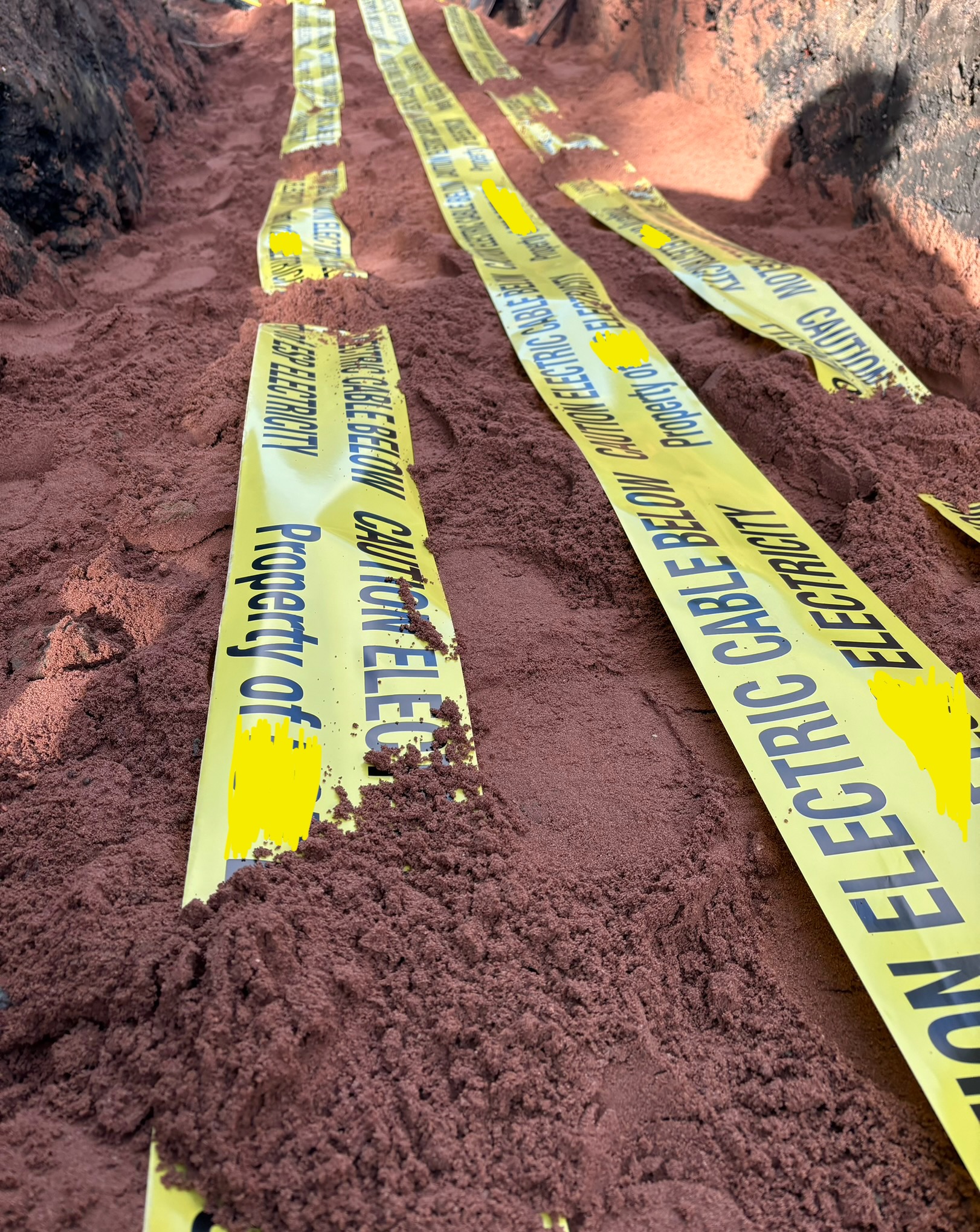
Menu

Once the excavation or trenching work is complete on the project, the cavity or hole that has been left empty has to be filled. This is the process that we call backfilling. Depending on the particular project, the backfill material that can be used may be the excavated material from the hole or a new one from another source such as here at Mayo Stone Supplies Ltd. Since there are many purposes to backfilling, some materials may be better suited for some projects than others.
Often, contractors may use commercial-bought backfill from us here at Mayo Stone Supplies Ltd. There are several types of materials you can use for backfilling. Two of the most popular examples are sand and gravel such as Cable Sand and Limestone MOT Type 1.
Sand, which we often see on the beach, is considered to be a good backfill material. If it is not possible to reuse the excavated material, many professionals who work in the construction industry make use of our quality ENA TS 97-1 cable sand. There are three main reasons why sand is reliable – it is compact, has a high drainage capacity, overall a stable material and its thermal resistant properties.
Let us go into each of the reasons and explain why sand works:
One of the primary reasons why sand is a good fill material is due to its ability to be compact. This factor is very crucial to the success of many construction projects. Because fill sand and cable has a smaller grain, it is easier for the material to compress by using various compaction techniques. Hence, using sand to replace the excavated material in a particular hole or cavity allows it to stay in place for a long period of time.
Aside from having a small grain, sand particularly has a rough texture. Because of its coarseness, its particles do not extremely stick together. As a result, it is a nice fill material since it will allow water to flow through and drain. This is essential to many projects, as this will also mean that sand will not retain as much water as other dense backfill materials. Sand works best in areas that are highly likely to get wet or moist.
When used in an area where it is compatible using a proper compaction technique, sand is a material you can trust to keep your structure stable. It holds its shape and can support the area well as it will not deteriorate in water.
Clay may work wonderfully when using it for planting specific trees and other vegetation. Since it can give the plants the nutrients and water it needs, it is usually a staple in many gardens and flower nurseries. On the other hand, when it comes to backfilling, owners and experts often stay away from clay to use as fill material.
Using clay for backfill does not always mean that your construction project will 100% fail. Since it is inexpensive to use, many people will still use clay as their fill material. However, if it is not your goal to sacrifice quality, you would do better to ask an expert first if doing so is a good idea. Our experts at Mayo Stone are always on had for supplying the right aggregates for your project.
Depending on the specific project, budget, and other factors such as the location of the worksite, some types of materials will work best or may be a bad option to choose.
Using the right backfill for a specific construction project can be an important factor that may make or break the end results. Because of this, it is essential to choose the best backfill for the type of project you are currently doing. But how can we tell if we are picking a good backfill material or not?
Here are some of the things that a good backfill material should have:
Backfill materials come in many grades. As mentioned earlier, it can be coarse, fine, rocks, quarried and or recycled aggregates. Depending on the project, some backfill grades may work best than others. As an example, for an electric high and low voltage cable project in a public footpath, our certified cable sand backfilled followed by our limestone MOT Type 1 sub base would be the usual choice of the contractor.
Using the right grade of backfill allows you to keep your construction project last for years. After all, you would not want to redo the entire process just because you used the wrong backfill. To know which grade will work for your property, just ask our team we’ll be happy to help, quote and deliver.
The backfill material you should choose also needs to drain enough water to keep your structure standing. Since drainage is an important factor that must be taken care of to prevent moisture issues and waterlogging, it is recommended to pick a material that encourages water flow. As said earlier, sand is a good example of a backfill material that allows excess water to seep through its coarse grade. Because of this, many construction benefits make use of sand as their primary backfill material.
Of course, not all projects are the same. In some situations, it may be better to use a combination of material that is coarse but still strong enough to support the structure.
Another important factor that will determine whether a particular material will be good backfill or not is its stability. Soil is made compact by either manually packing in the material in the cavity using handheld tools or by using heavy machinery to do the work.
Since some materials do better when shape while some are not, there are several compacting techniques that professionals use.
The common compacting methods:
This technique makes use of a hammer or mechanically driven plate to apply stress on the fill soil.
This technique subjects the soil to a circular motion to compact the material in a particular spot.
This technique makes use of a heavy steel plate to slowly drop its weight into the backfill to apply stress.
This technique makes use of a heavy object to suddenly drop its weight into the fill for compaction.
This technique makes use of a large cylinder and rolls it over a large area to compact the backfill.
Mayo Stone Supplies are more than just stone, we also have our own fleet of Grab Hire trucks for taking away your site waste aswell as delivering quality sustainable aggregates – backfilling is also available should you require by lemur experienced operatives.

